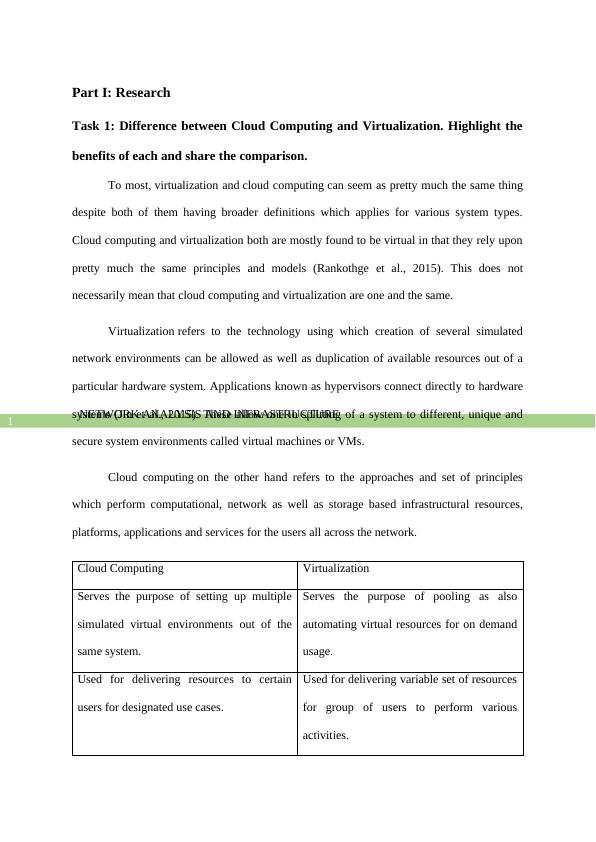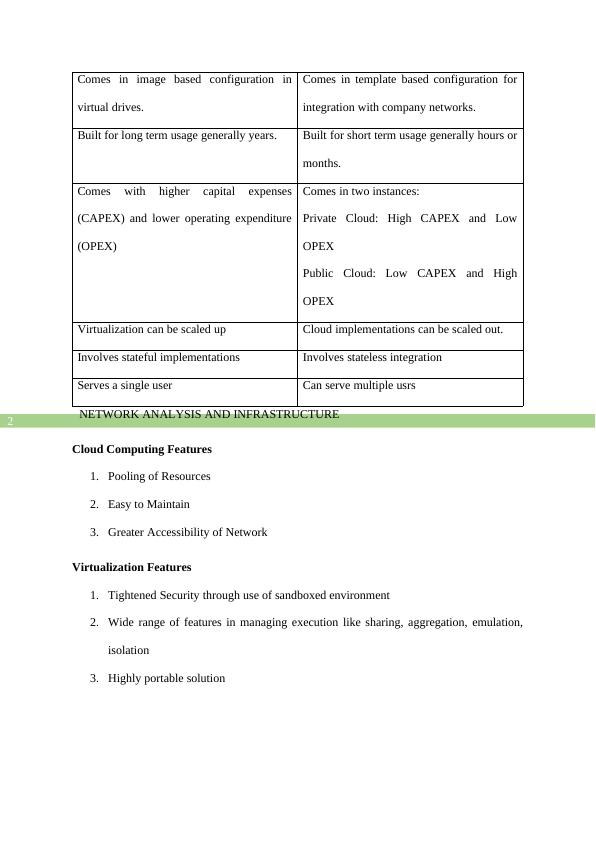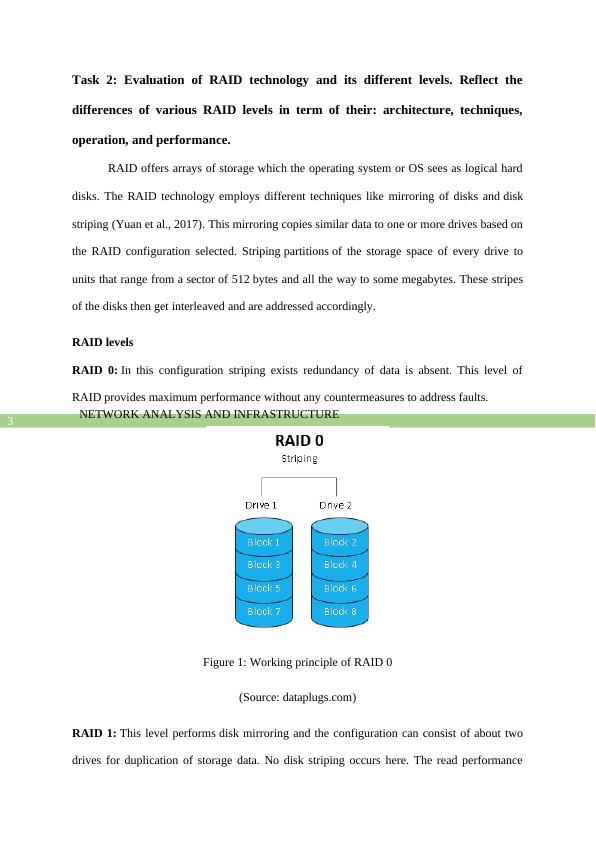Network Analysis and Infrastructure.
Complete a case study research submission for the Infrastructure Virtualization course at the New Zealand Diploma in System Administration Level 6.
14 Pages2647 Words4 Views
Added on 2022-10-04
About This Document
Please see the diagram for task 6
Network Analysis and Infrastructure.
Complete a case study research submission for the Infrastructure Virtualization course at the New Zealand Diploma in System Administration Level 6.
Added on 2022-10-04
ShareRelated Documents
End of preview
Want to access all the pages? Upload your documents or become a member.
Introduction to Cloud Computing (Storage)
|11
|2155
|349
Cloud Computing Storage Methods and Design - ITECH 2201
|7
|1808
|298
ITECH 2201 Cloud Computing Storage Methods and Design
|6
|1551
|149
Cloud Computing Assignment | Virtualization Assignment
|5
|775
|100
Basic Concepts of SAN and its Benefits
|15
|3282
|77
Cloud Computing Security PDF
|13
|3038
|39




